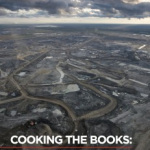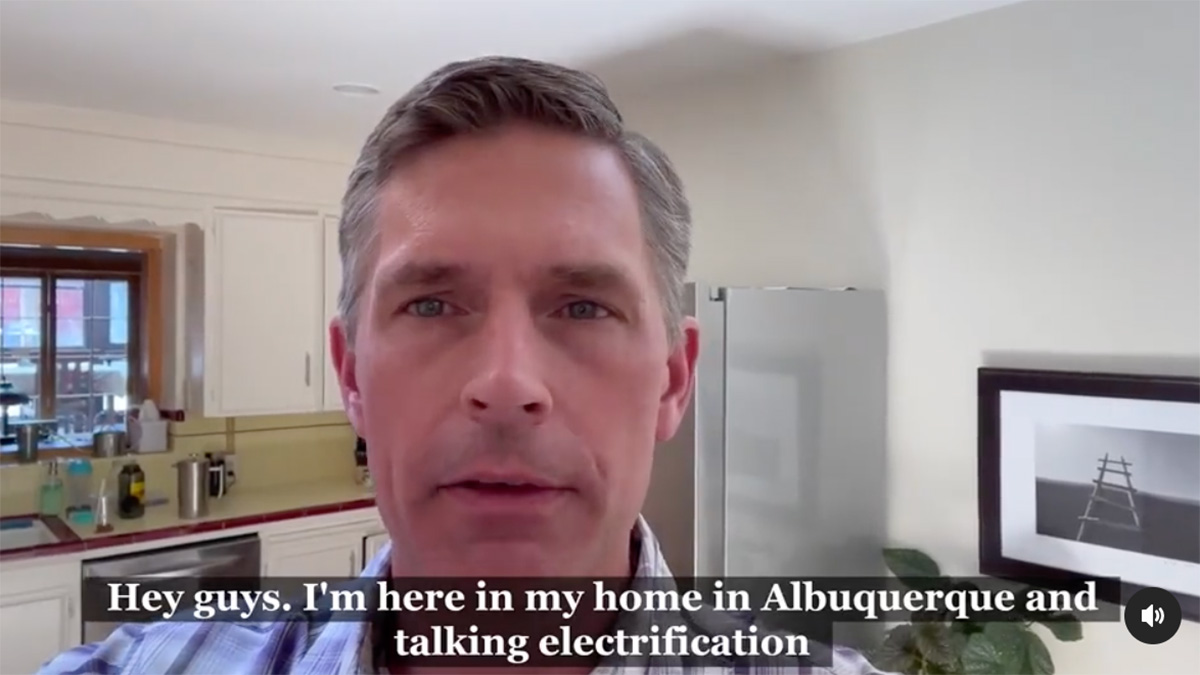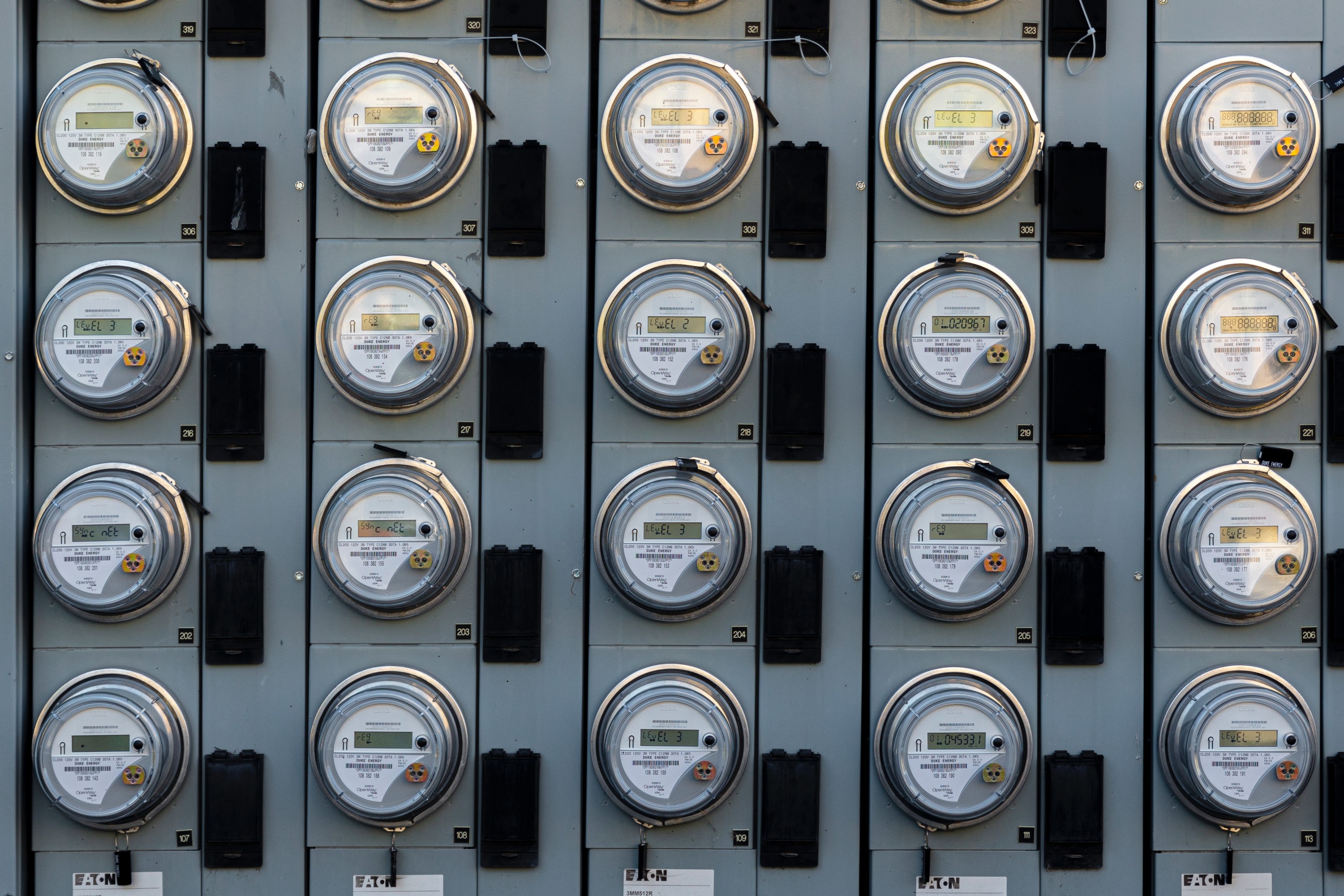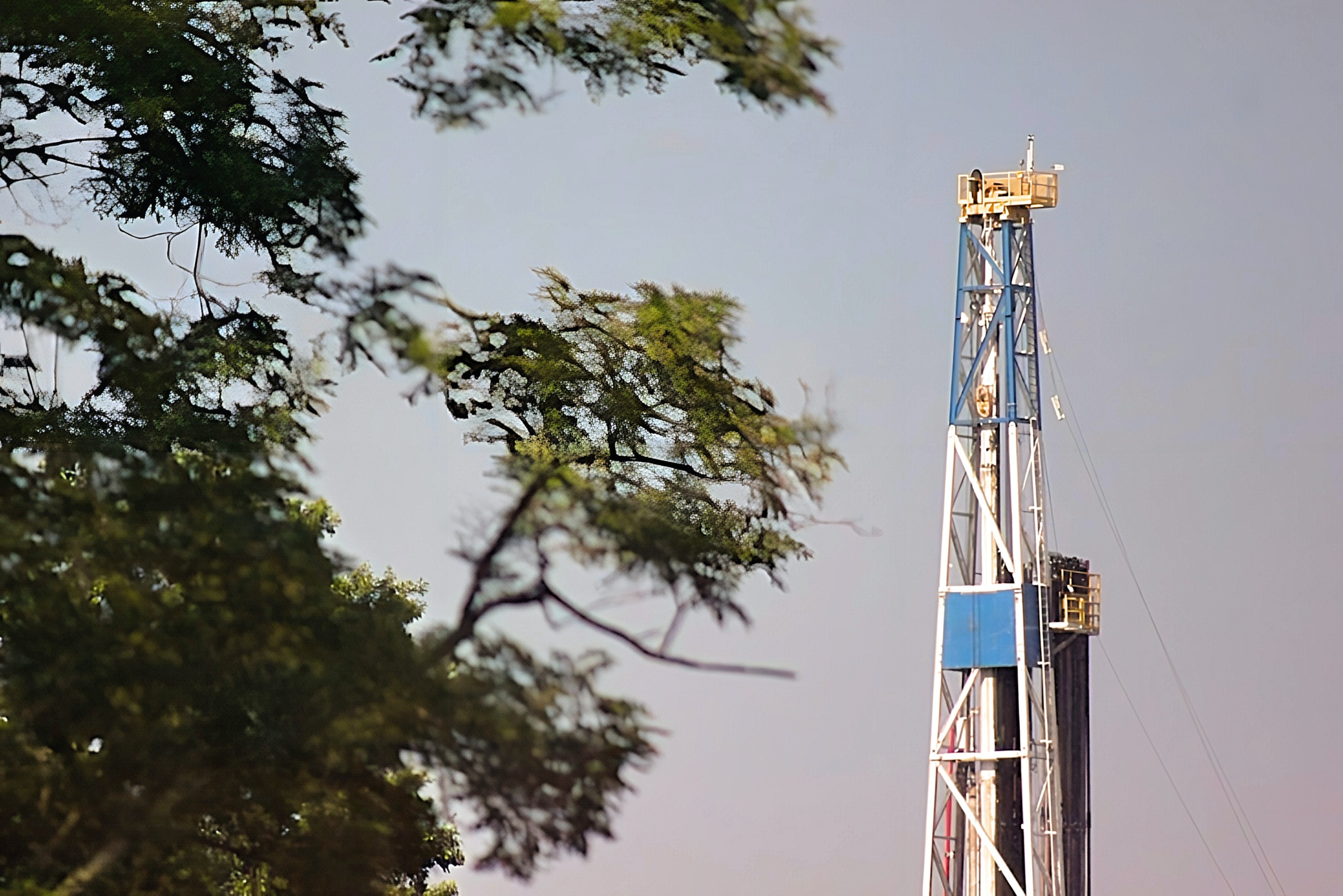
Cooking the Books
How the State Department Analysis Ignores the True Climate Impact of the Keystone XL Pipeline
At the top of the long list of serious problems with the State Department’s Draft Supplemental Environmental Impact Statement (SEIS) for the Keystone XL tar sands pipeline is the assertion that the pipeline will have no impact on climate change. The State Department asserts that if the pipeline is not built, the tar sands in Alberta will be exploited one way or another. Therefore, State asserts, the emissions in question will be released regardless of the Keystone XL pipeline. This is simply incorrect.
Downloads
Oil Change International, Natural Resources Defense Council, 350.org, Environment America, National Wildlife Federation, Friends of the Earth, Sierra Club and Greenpeace

At the top of the long list of serious problems with the State Department’s Draft Supplemental Environmental Impact Statement (SEIS) for the Keystone XL tar sands pipeline is the assertion that the pipeline will have no impact on climate change. The State Department asserts that if the pipeline is not built, the tar sands in Alberta will be exploited one way or another. Therefore, State asserts, the emissions in question will be released regardless of the Keystone XL pipeline. This is simply incorrect.
Like the first two environmental impacts reports prepared by State Department contractors, this third review again attempts to rubber stamp the project without a thorough, unbiased examination of the impacts of this project on climate. And yet again, the State Department should to be sent back to the drawing board.
Destruction of the Alberta Boreal forest and development of the tar sands are not inevitable. Without Keystone XL, with strong and growing opposition to other tar sands pipelines, and with continued decline in US oil demand, America simply does not need this extreme source of oil. And we do not need and cannot afford the additional climate risk of this pipeline.
There are many compelling arguments against the fatalistic assertion that the tar sands will be fully exploited regardless of the Keystone XL pipeline. Other proposed pipelines also face substantial opposition in Canada and other regions of the United States. Further, increased costs associated with alternatives such as rail make it clear that the Keystone XL pipeline is far and away the industry’s first choice and industry experts have been the first to admit this.
Once we accept that tar sands production growth is not inevitable and that Keystone XL – as industry freely admits – is a crucial linchpin in their tar sands growth plans, we can start to uncover the real climate impact of the project. As part of this discussion, we can also begin to evaluate the enormous opportunities the United States has to reduce our reliance on oil and all fossil fuels.
Another major flaw in the State Department’s climate impact analysis is that it is based on a business as usual scenario that assumes that no action will be taken to prevent catastrophic climate change. In fact in one section of the report, State references ExxonMobil’s assertion that the oil “industry will not leave 55 percent of the World’s proven reserves in the ground.” Given that the International Energy Agency is already warning that 66 percent of proven reserves must be left in the ground to avoid climate catastrophe, this is a truly shocking statement by Exxon and a genuinely disastrous basis for public policy.
In short, accepting the oil industry’s self-serving outlook of the inevitability of future oil production is hardly a basis upon which to make sound policy to safeguard the climate and serve the interests of the American people.
In a world constrained by the realities of climate change, the proper measure of any project’s climate impact should not be based on the assumptions inherent in a business as usual scenario that guarantees climate disaster. Instead, the State Department should base these critical decisions on whether the project makes sense in a world that is actually seeking to minimize the real dangers of climate change. On this basis, we recommend that decision-makers consider the total amount of carbon that will be released by the project into the atmosphere.
The Keystone XL tar sands pipeline is a project that will carry and emit at least 181 million metric tons of carbon dioxide equivalent (CO2e) each year. This is a conservative figure, based on industry analysis of the carbon emissions associated with current tar sands production. This estimate includes the extraction, processing and pipeline transportation emissions as well as the combustion of all the products refined from the oil that will be delivered, including petcoke.
The 181 million metric tons of (CO2e) from Keystone XL is equivalent to the tailpipe emissions from more than 37.7 million cars. This is more cars than are currently registered on the entire West Coast (California, Washington, and Oregon), plus Florida, Michigan, and New York – combined.
Between 2015 and 2050, the pipeline alone would result in emissions of 6.34 billion metric tons of CO2e. This is greater than the 2011 total annual carbon dioxide emissions of the United States.
There is a climate impact from burning 830,000 barrels per day of any crude that cannot be ignored. This is a matter of physics, and not subject to debate. Whether or not that crude would have been burned anyway is a separate question, involving a variety of economic assumptions, none of which are as robust as our understanding of atmospheric physics.
Topics
Find Out More


Clean cooking tips from Sen. Heinrich

How to get more from state energy efficiency programs

